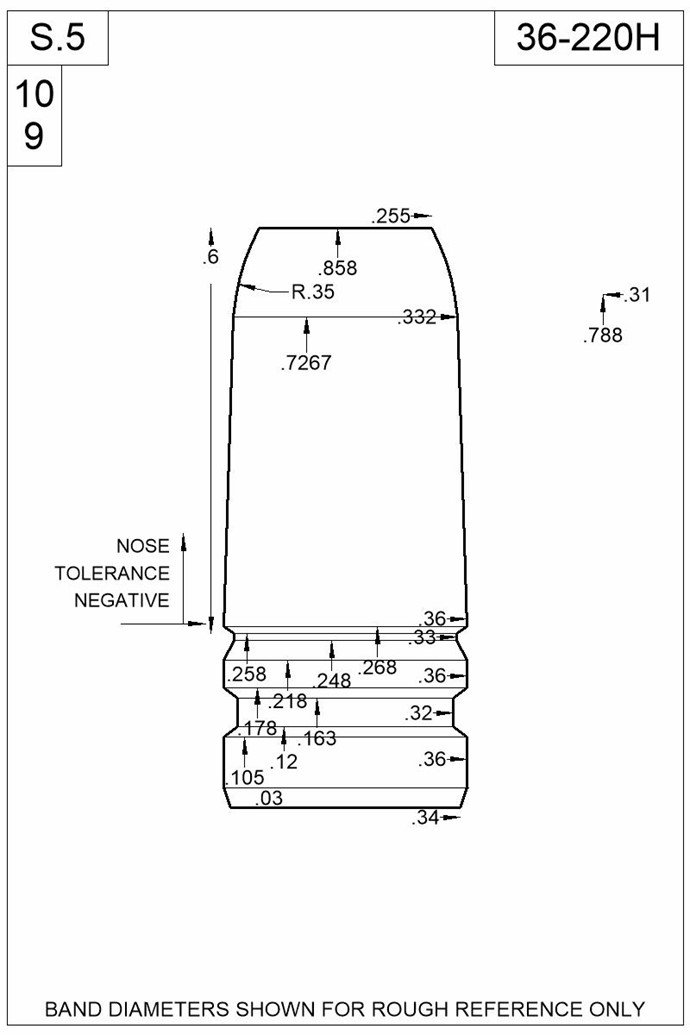The attraction for me of the British "Rook Rifle" concept is that low-powered handgun rounds, fired from a rifle are relatively quiet, like firing standard velocity .22 LR, but they hit MUCH harder than a rimfire, being useful on larger game or varmints .
The .360 No. 5 and .380 Rook Rifle cartridges were used for culling "park deer" in Britain before WW1. These particular black powder Rook Rifle cartridges were similar in dimensions, velocity and energy to the .38 Short Colt or .38 S&W cartridges and were popular in pocket and Constabulary revolvers of their pre-WW1 era.
The .38 S&W cartridge dates from that same era. When fired out of a rifle you have a modest gain in velocity, but the potential for adiabatic expansion is limited by its tiny powder charge and the greater expansion ratio of the longer barrel. The result is that standard-pressure revolver loads, operating at black powder pressures, with fast-burning powders like Bullseye, deliver ballistics from a rifle-length barrel very much like a .38 Special wadcutter.
The .38 Special wadcutter performs out of proportion to its kinetic energy, depositing about the same energy into a gelatin block before exiting that .45 ACP hardball does. My .38 S&W hand loads utilize cast bullets having a large meplat because any expansion is absolutely NOT in the cards at the low velocities we are talking about.
I have no interest in trying to see how powerful a load I can assemble for my .38 S&W Lettuce Protector. I have other caliber barrels to do for that. The design intent is a small capacity cartridge having ballistic characteristics which approximate a large-caliber air rifle. Heavy, blunt, slow bullet, low velocity, low noise.
The .38 S&W case is ideal in this application, using ordinary revolver loads, fired in the rifle, letting the velocity go where it will. Because my goal was to use as heavy a bullet as I can, launched at as low a velocity as will reliably exit the barrel, I used a 1:10" twist 9mm barrel to provide optimum gyroscopic stability. My .38 Special rook rifle barrel has a 1:20" twist, which is accurate with standard 110-158-grain revolver loads, but heavier ones must be driven "hard" to be accurate and stable, resulting in a LOUDER gun...
I wanted a stealthy hard hitter, indeed a smaller version of my .45 ACP/.455 Webley rifle, which the .38 S&W would provide. John Taylor fitted a Green Mountain "Gunsmith Special" 9mm Parabellum barrel blank and chambered it with a Manson .38 S&W "Rook Rifle" reamer having a 3 degrees Basic forcing cone, having a major diameter of .363" at the case mouth, which engraves the nose of the 190-grain bullet upon chambering, just like forcing a round of Eley Tenex in your Dad's old Winchester 52 match rifle.
While it is true that the "fat" .362 bullet will raise pressure a bit in getting squeezed down into that .356" groove diameter barrel, the resultant pressure-rise should be well within the design limits of the Infamous Bunny Gun, as John has been known to call it. In other barrels for it I shoot .38 Special +P and .45 ACP which operate at 20,000 psi or so. I doubt that squirting .38 S&Ws down a 9mm barrel will exceed that. A fat, soft lead bullet being extruded down a gradual origin of rifling, should provide a smooth pressure rise, clean burn of the powder charge and make the most efficient use of the tiny powder charge, about 2 grains of TiteGroup or Bullseye with the 190-grain bullet and about 2.5 grains with a 150-160 grainer.
The resulting "Lettuce Protector" is 34-1/2 inches long and weighs 4-1/2 pounds. The firing table below is my best estimate of what energy and trajectory of the little rifle might look like, firing ordinary 146-grain lead factory loads. Once I know ACTUAL results, the table can be tweaked:
.38 Smith & Wesson, Rook Rifle 20” barrel, 146gr Factory LRN – iron sight 75-yard zero
Yds_Drop(ins)__Vel__Energy
0____-0.9608__786__200
5____0.1433___782__198
10___1.1053___778__196
15___1.9238___774__194
20___2.5974___771__193
25___3.1247___767__191
30___3.5042___763__189
35___3.7345___760__187
40___3.8142___756__185 Max. bullet rise, 6:00 hold on small game
45___3.7419___752__183
50___3.5160___749__182
55___3.1352___745__180
60___2.5978___742__178
65___1.9025___738__177
70___1.0477___735__175
75___0.0320___731__173 Zero range, point of aim = point of impact
80___-1.1462__728__172
85___-2.4885__725__170
90___-3.9963__721__168 Max. "point blank" range
95___-5.6713__718__167
100__-7.5150__714__165
105__-9.5290__711__164
110__-11.7148_708__162
115__-14.0741_705__161
120__-16.6084_701__159
125__-19.3195_698__158
130__-22.2089_695__157
135__-25.2783_692__155
140__-28.5294_688__153
145__-31.9638_685__152
150__-35.5832_682__151 Max. range at which rifle velocity drops to approximate revolver muzzle velocity.
Approximate 36" holdover for "E" silhouette at max. range to "repel boarders."
In my field use of these handgun-caliber rifles shooting subsonic loads, I have found it best to utilize an "optimum trajectory" in which the maximum bullet rise does not exceed about 4 inches. With iron sights you take a 6:00 hold on a typical small game animal until the front sight bead about covers the critter, and then blot him out and shoot.
With the .38 S&W cartridge this works out to a 75 yard zero and a 90-yard "point blank" at which the path of the trajectory drops 4" below line of sight. The maximum range at which the rifle velocity decays to the point that remaining energy equals revolver energy near the muzzle is 150 yards, with 36 inches of drop, about the height of an Army E silhouette of you must repel marauding Indians, bandits or Zombies . While no power house out there, a 150-grain bullet arriving with almost no noise to help you identify where it came from would be an unpleasant surprise to an intruder, either 2-legged or four-legged.
A full range report with verified drop and accuracy results will follow when the rain quits and the mud dries out!
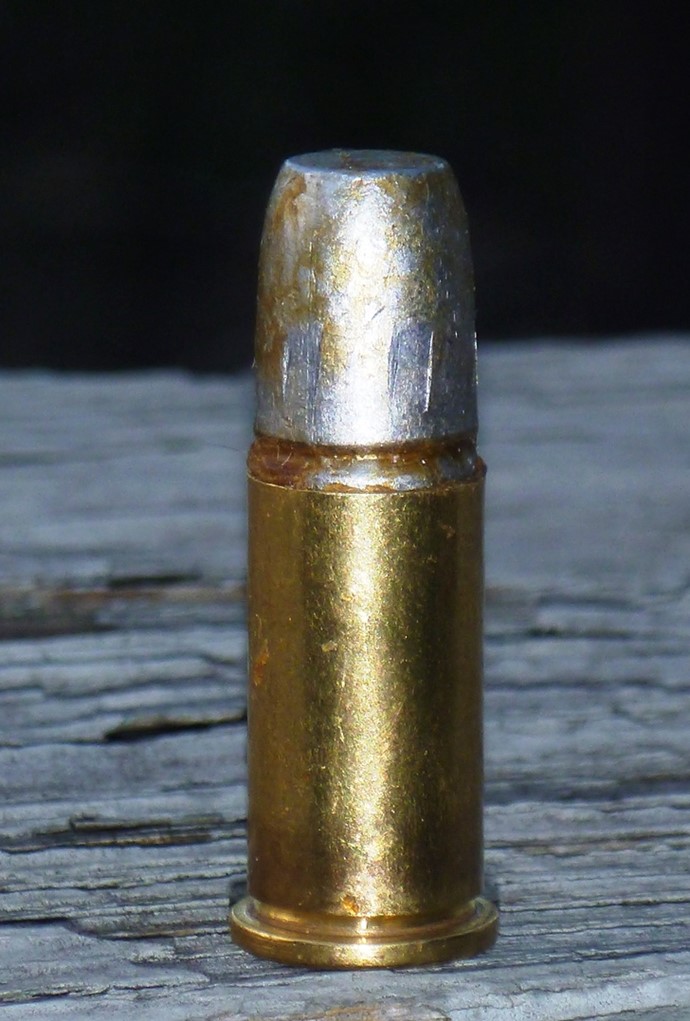

73 de KE4SKY In Home Mix We Trust From the Home of Ed's Red in "Almost Heaven" West Virginia






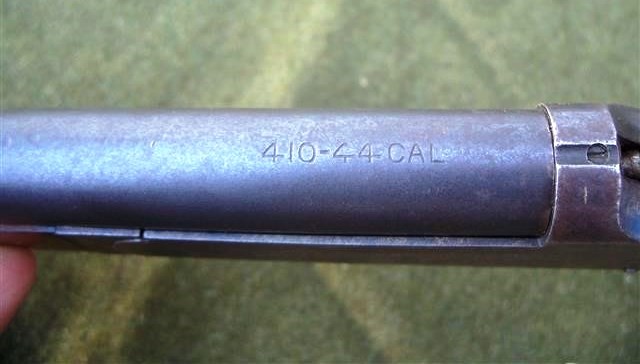


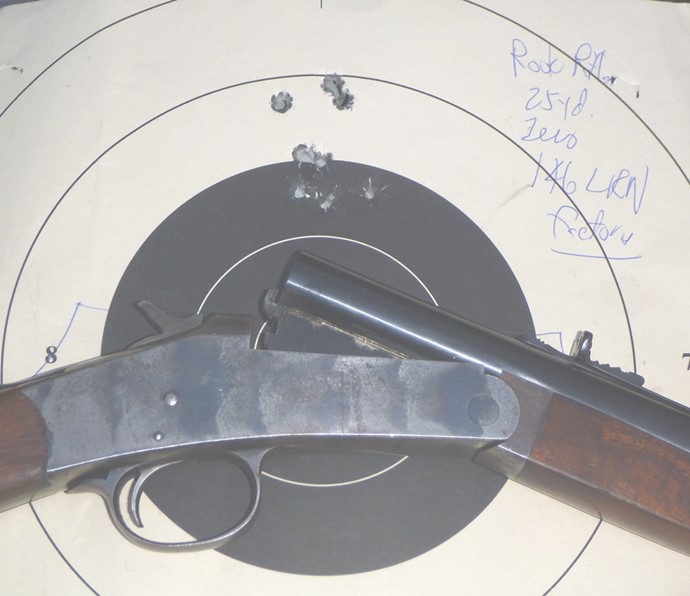









.jpg?width=50&crop=0,0,50,50)






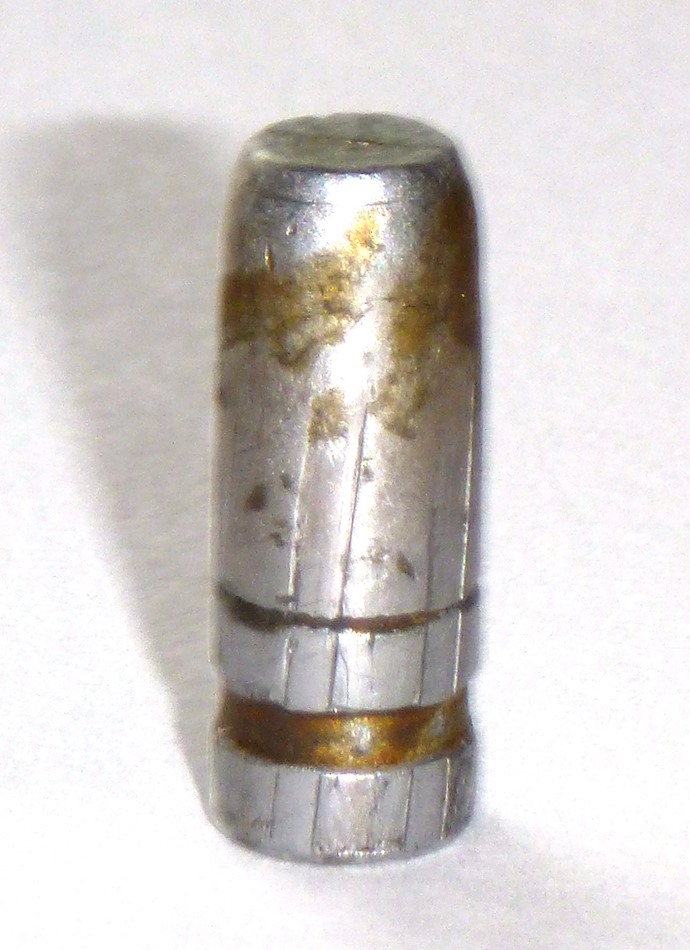











-1-1.jpg?width=50&crop=0,0,50,50)



